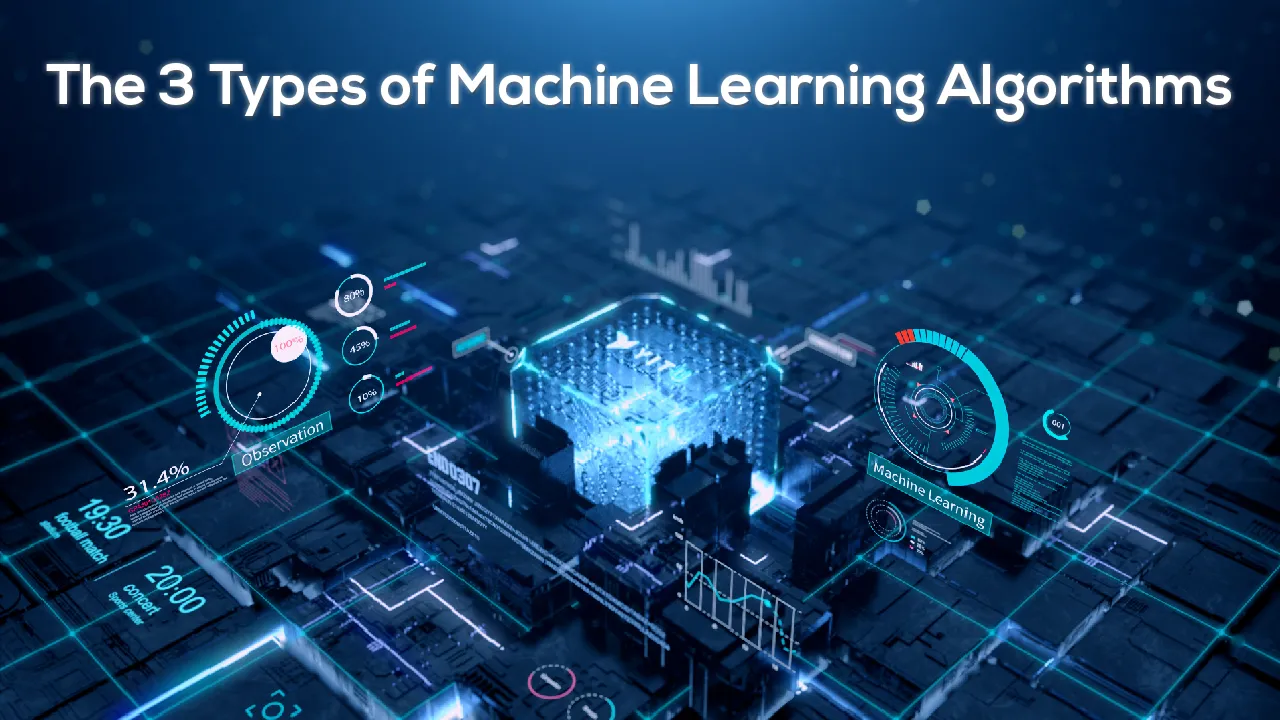Machine Learning (ML) is a branch of Artificial Intelligence. ML can be defined as the study or creation of algorithms, which can be developed with the use of data. Its application includes business problems, data science, and many other fields. ML focuses on the creation of a program that can access data from the real world and use that data to improve and develop itself.
In simple words, ML takes historical data as input and provides output. ML programs are usually coded in Python and if you want to be an ML developer, then you should be efficient in Python — at the minimum. If you want to master any programming language then have a look at this article, where I have discussed the techniques that most experienced programmers use to be masters in the programming era.
Note: If you want to know the best programming language for you and your preferred domain then have a look at this article.
Methods of Machine Learning
Supervised ML Algorithms
The majority of machine learning algorithms use supervised learning.
A supervised learning algorithm is a type of algorithm in which you have to input any kind of variable like x and to yield an output variable, Y. What supervised ML algorithms do is create a mapping function to get you from the input to the output. An example is the function Y = f(X)
The aim is to approximate the mapping function to the level in which you can have new input data that can consistently predict an appropriate Y value for that particular data.
**Unsupervised ML Algorithms **
In an unsupervised ML algorithm, you only have to input data — you don’t need to provide any output variable. The main aim of the unsupervised ML algorithm is to model underlying structure or distribution in the data for the sake of getting more data.
They are known as “unsupervised” because there is no master and no one accurate answer. Algorithms are left to their own devices to discover and present the most interesting structure in the data.
Semi-Supervised ML Algorithms
Semi-supervised algorithms are where most real-world problems lie — i.e the problem in which the user has massive amounts of input data and very small amounts of data that is labeled Y. These types of algorithms lie somewhere between supervised and unsupervised ML algorithms
A good example is a photo archive where only some of the images are labeled, (e.g. dog, cat, person) and the majority are unlabeled.
#python #coding #ml #machine learning algorithms
